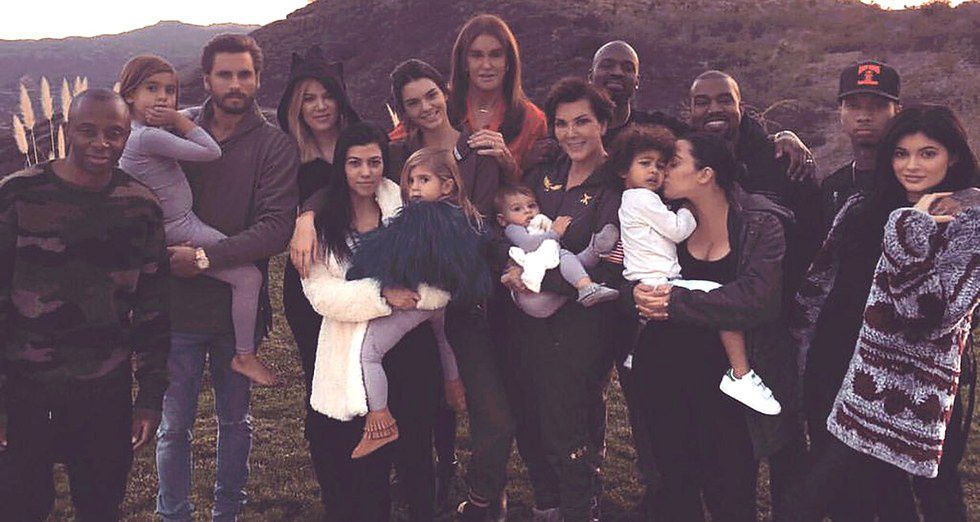"Work without Hope draws nectar in a sieve/ And Hope without an object cannot live", a line from Samuel Coleridge's poem "Work Without Hope" depicts the struggle faced by the protagonist in Kamala Markandaya's novel, Nectar In a Sieve, as she experiences her normally stable world changing around her. The novel revolves around her life in the colonial days in India and her struggle to survive. She copes with this change by holding hope in her heart that things will eventually get better, which helps her throughout her life.
The British Raj ruled India from 1858 to 1947, controlling trade, the economy, transportation, and politics. The British were so invested in India that their sudden departure left the empire in shambles, resulting in freedom, but also post-colonial chaos. In the years following their withdrawal, many British returned to India in the form of missionaries, teachers, journalists, and even industrialists wanting to develop their industry using India's natural resources. One case of this post-colonial industrialization is seen throughout Nectar In a Sieve. The protagonist Rukmani was born into poverty, and her life was predictable until the introduction of a tannery to her rural village. Although Markandaya shows some positive effects of foreign influence in Nectar in a Sieve, she ultimately argues that post-colonial industrialization gradually unravels native culture and disrupts the traditional way of life.
Kenny, the white doctor who occasionally visits the village, depicts the positive aspect of post-colonial foreign influence in Rukmani's life. Her respect for him grows as he helps her with different problems she faces, including the treatment of her mother after she develops a terminal illness and her own fertility. Rukmani holds him to the highest level of respect and introduces him to her home and children because she trusts him. The fact that he knows many of the villagers and often lives among them increases his willingness to help them because he has seen their hardship firsthand. Furthermore, Kenny's efforts to help the village extend beyond the personal medical care he offers to the villagers. When Kenny returns after the drought, he starts plans to build a hospital in the village, employing one of Rukmani's sons, Selvam, to help him as an assistant He brings back the money he raised abroad to build a hospital; he wants to provide a solution to the poor healthcare conditions of the village. Markandaya uses Kenny's character to represent how foreigners in post-colonial times could actually help the native people and make their lives easier by taking the time to learn about their culture and integrate themselves in their society rather than disrupt it.
Despite the positive post-colonial integration symbolized by Kenny, the modernization represented by the tannery is depicted as a growing evil in Rukmani's world, especially through her traditional eyes. Previously, the tanning of animal hides into leather had been done by hand, but this process was industrialized by the tannery. The tannery creates jobs and increases commerce in the village when it is first built, but these benefits soon give way to negative aspects. Prices shoot up due to increased trade and much of the land in the village is occupied by the tannery and the foreigners who came with it. After working at the tannery for some time, Rukmani's sons Arjun and Thambi are earning good money, enough to support their family, but they become tempted by greed and demand higher wages for their work. They realize that they will be replaced by others who are willing to do the same work for the same wages and decide to leave home to get more out of life. Their demands embody the greed, corruption, and materialism that now run rampant in the village. Although Rukmani may seem biased because she is not used to changing, Markandaya strategically uses Rukmani's viewpoint and thoughts to strike out against the British imperialists who exploit the village and their disruption of the villagers' way of life. Rukmani's perseverance and willingness to stay strong provides a stark contrast against the struggles she faces daily due to the rush of industrialization. The tannery is depicted as an evil force in the village because it challenges tradition, corrupting the villagers, their workforce, and their poverty.
In addition to disrupting the traditional way of life, the tannery represents a loss of innocence in the village. Irawaddy, Rukmani's daughter, was able to roam freely without restriction until the tannery was built, bringing more people to the village, causing her parents to restrict her freedom for her own safety. Although this may have been considered a result of Irawaddy maturing and attracting the attention of the men around her, the tannery brought many foreigners to the village, dissolving the strong sense of security that Rukmani and her family had felt before. A couple of years after the industrialization of the village and the failure of the crops, Irawaddy is forced into prostitution to help feed her family because they are slowly dying of starvation. Hunger is a driving force in the development of character experienced by different characters throughout the novel. This extreme hunger is partly caused by the introduction of the tannery because it results in basic goods being unaffordable. Another character who loses her innocence is Kunthi, Rukmani's neighbor: she resorts to blackmailing both Rukmani and her husband Nathan for food because her hunger is insatiable. Essentially the industrialization of the village causes the breakdown of morality as it leads to the villagers doing whatever they can to escape hunger and poverty.
Markandaya also uses deterioration of the land and the environment to symbolize the way external British forces post-colonization gradually corrupt the poor Indian masses. Before the tannery, Nathan's land is fertile and flourishes, as seen by the abundance of crops and their comfortable way of life. After the tannery is built, Nathan's land suffers many droughts and barren seasons, one of which leads to the death of his youngest son Kuti. The repeated failure of the land to produce crops induces a bout of starvation in the family, and Kuti is too young to live off the scraps and morsels the family can afford. Hunger and extreme poverty force Nathan and Rukmani to emigrate to the city, leaving behind the life they have always known. The culture shock as they move from the village to the city forces them to change their way of life. Rukmani, the central character, struggles with poverty and the changing, industrialized environment. Markandaya provides a parallel between nature and real-life to demonstrate how industrialization post-colonization gradually squeezes the life force out of the village, forcing the characters to leave their natural way of life behind.
Through the foreigner Kenny who is in the village for the purpose of medically helping the villagers, Kamala Markandaya shows some positive effects of foreign influence in Nectar in a Sieve. However, through the building of the tannery and the changes in Rukmani's natural environment, she demonstrates that post-colonial industrialization gradually exploits native culture and forces a change in the native way of life. Rukmani's struggle with the change the tannery brings can be seen in similar situations around the world where rural villages are exploited by large corporations. It is crucial to recognize the effects that industrialization after colonization can have on rural villages and how it can disrupt the previously-colonized so that such cultural and social exploitation does not take place in the future.





















